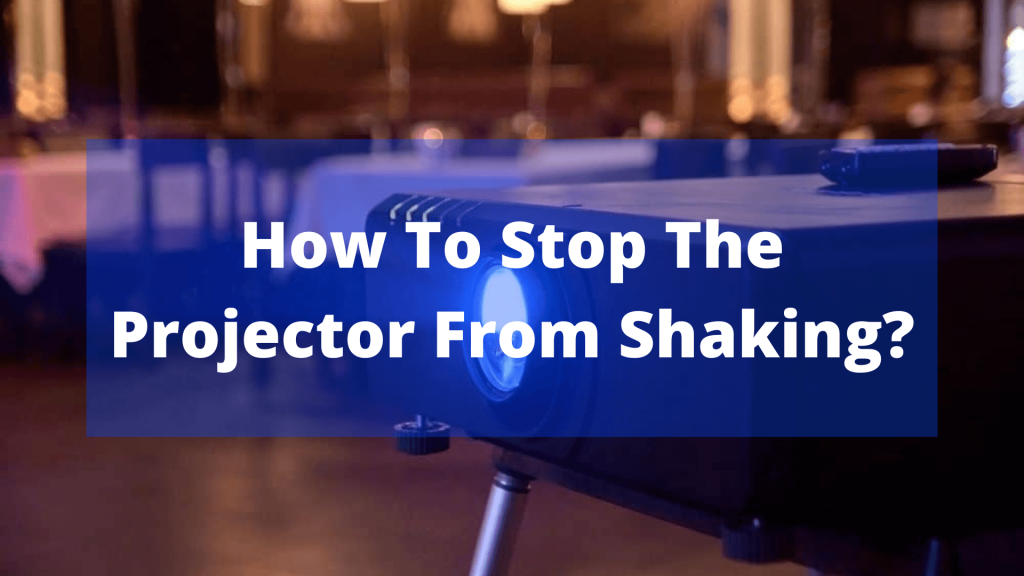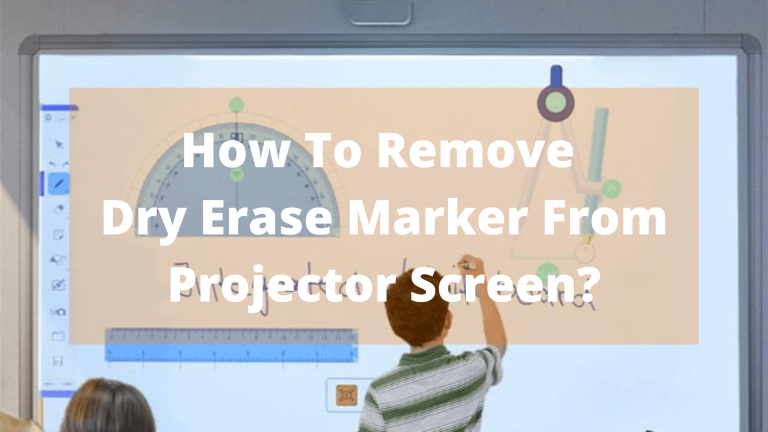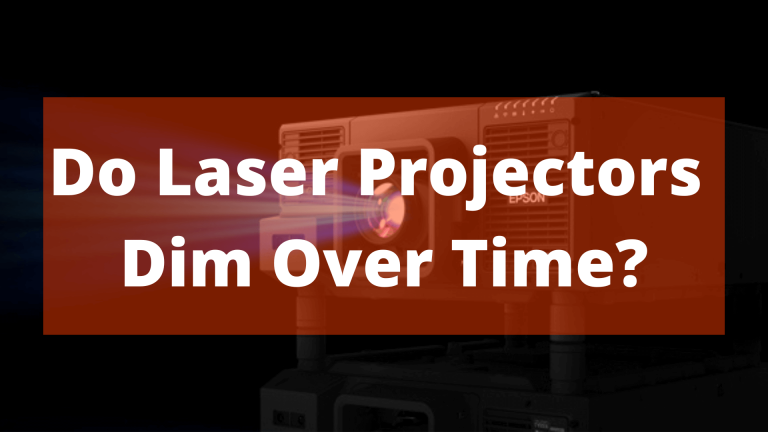How To Stop Projector From Shaking? In %currentdate%
If you’re looking for a way to add some extra pizzazz to your presentations, you may want to consider using a projector. Projectors can help make your presentations more engaging by adding visual interest. However, before you use a projector, you should be aware of the potential for projector shake.
Projector shake is a condition that can occur when the projector is not correctly secured. This can cause the image to appear fuzzy or distorted. To avoid projector shake, secure the projector properly before starting your presentation.

What causes a projector to shake?
If the projector has difficulty recognizing the resolution your device is sending, the image may shake. This is because the projector is trying to find a sweet spot, and when it can’t, the image becomes distorted.
Several things can cause this, but adjusting the resolution on your device is usually the best solution. If you’re still having trouble, ensure that your device is within arm’s reach of the projector and try adjusting the focus.
How to stop the projector from shaking?
Before reattaching the projector to the ceiling, you must install the mounting hardware. The hardware consists of two brackets that will be attached to the ceiling and a projector mount that will be attached to the bracket.
The first step is to find the studs in your ceiling and mark them with a pencil. Once you have found the studs, use a drill to make pilot holes in the ceiling. Then, use a screwdriver to attach the brackets to the ceiling.
Next, take the projector mount and fit it over one of the brackets. Use a drill to make pilot holes in each of the four corners of the mount, then use a screwdriver to attach it to the bracket. Repeat this process for the other bracket and projector mount.
Finally, reattach the projector to the lower mounting bracket.
Is projector vibration an issue?

In short, projector vibration can cause some very minor wear and tear over time.
However, this is not something that should cause too much concern, as it’s not that big of a deal. Most projectors can handle a certain amount of vibration without any problems.
If you’re worried about the effects of projector vibration on your equipment, you can do a few things to help minimize the risk.
First, make sure your projector is appropriately mounted and secure. You also may want to try using a vibration dampener or isolator to reduce the amount of movement.
Frequently Asked Question
Why is my projector skipping?
There are several potential reasons why your projector may be skipping. This can occur when the projector components and cables are not connected correctly or if they are damaged. Sometimes, it may also be due to a problem with the projector itself. If you are experiencing this problem, it is essential to troubleshoot the issue to determine the cause.
One potential cause of projector skipping is loose or damaged connections. If the projector components are not correctly connected, this can cause the image to skip or stutter. Similarly, if the cables are damaged, this can lead to skipping. If you suspect this is the cause of the problem, it is essential to check all the connections and ensure they are secure.
Does a projector have to be straight?
A projector does not have to be straight, but be ready to make some adjustments to the image if using it at an angle. The angle at which a projector is placed can affect the quality of the image.
When a projector is placed at an angle, the light from the projector is not hitting the screen directly. As a result, the image may appear distorted. The further the projector is from the screen, the greater the chance for distortion. The best way to avoid distortion is to place the projector as close to the screen as possible.
How do you fix a skewed projector?
There are a few ways to fix a skewed projector. One way is to rotate the projector clockwise until the image is rectangular. Another way is to adjust the keystone setting. The keystone setting is usually located on the projector itself or in the projector’s menu. Adjusting the keystone setting will fix the skewed image without having to rotate the projector.
How far does a projector need to be from the screen?
To project a clear image, a projector must be placed no less than double the width of the projected image, and no more than five times the width of the image, from the screen. This ensures that the light from the projector is focused on the screen and not diffused. The image will look blurry if the projector is too close to the screen. The image will dim if the projector is too far from the screen.
Do projectors have good pictures?
In general, they have better image quality than most TVs. This is because projectors use a different technology than TVs. Projectors use a beam of light to project an image onto a screen, while TVs use a grid of pixels to create an image.
Conclusion
The main reason a projector screen shakes is that it is not adequately secured. The screen needs to be adequately anchored to prevent it from shaking. There are a few ways that you can do this, but the most effective way is to use double-sided tape.







